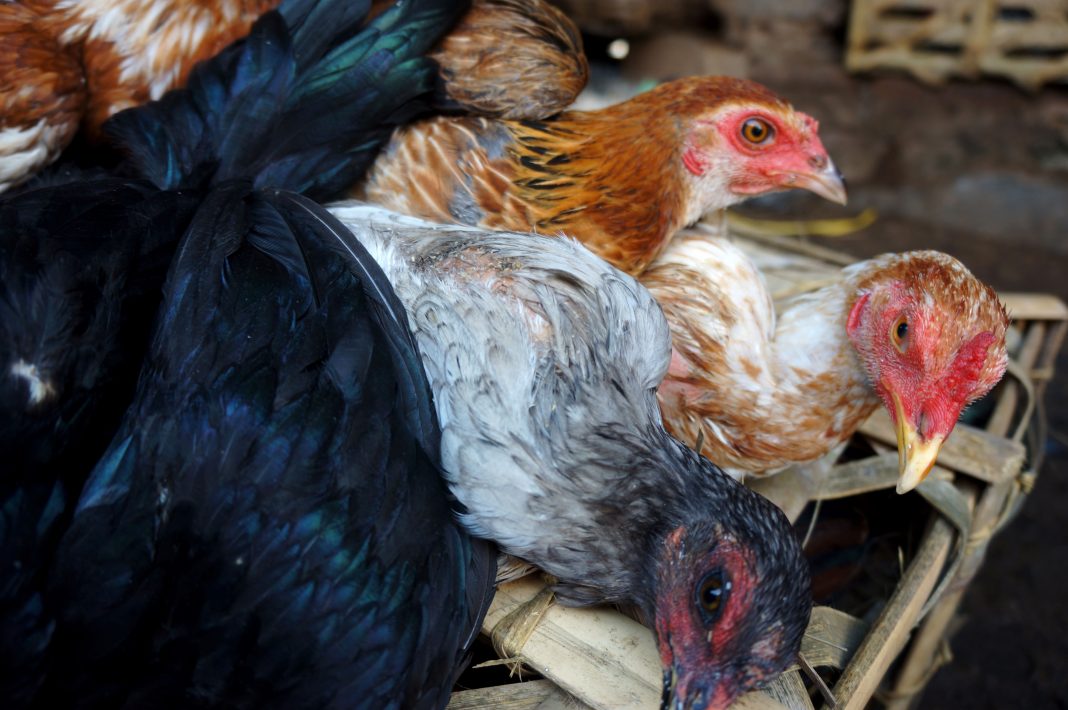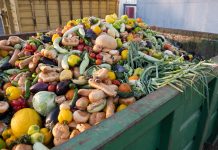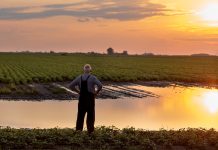The avian influenza virus is currently having a large strain outbreak called H5N1, which researchers confirm can infect various species
With the possibility of another pandemic at hand, a global outbreak of avian influenza, mostly from wild birds, has raised concern amongst scientists, who label the H5N1 strain as ‘one of the more deadly strains’.
Concerning egg producers and backyard farmers, the spread of the virus is already affecting higher egg and poultry prices in the west and is raising alarms for fear of another human pandemic.
Causing sporadic outbreaks since the late 1990s, the outbreak of avian influenza H5N1 has led to the disease becoming endemic in some birds, currently spreading to wild and captive mammals and, in some cases, infecting humans also.
How does H5N1 evolve, and whom does it affect?
H5N1 evolves in two ways; one is through a linear series of mutations that makes the virus more efficient at spreading through a particular animal species.
The other is through recombination, which, according to researchers, is when two different strains of the virus affect host cells at the same time and swap genes, leading to greater evolutionary leaps.
The avian influenza virus can be transmitted by contaminated feed, food, and trucks.
The World Organisation for Animal Health noted that a rising number of cases had been reported in mammals in the west, “causing morbidity and mortality” in species such as otters and seals.
How is the H5N1 strain affecting the west?
The H5N1 strain originated in intensive poultry farms in Asia but has already spread around the world.
Now, in both the UK and US, governments have made plans to roll out a bird flu vaccine in poultry. In the UK alone, the disease has had an increasing impact on wild birds over the past two years, with 65 species affected.
In the UK specifically, the government are coming up with more plans for those who own 50 or more birds, such as chicken farmers, who will now have to register their flock with the government.
In France, there are plans to begin vaccinating farmed birds in September. Reports of infections in farmed mink in Spain have also raised concerns due to cases involving large numbers of animals kept close to one another exacerbated the risk of wider transmission.
Elsewhere, Ecuador has also unveiled plans for two million inoculations.
Avian influenza has been detected in the U.S. in crows, storks, robins, ravens, owls, egrets, and many other bird species across 2022 and 2023, according to records kept by the United States Department of Agriculture.
According to Gov.UK, these are the signs of avian influenza and bird flu:
Birds infected with the most serious strain of bird flu, called highly pathogenic avian influenza (HPAI), usually show some (or all) of the following signs.
- Sudden death
- Swollen head
- Closed and runny eyes
- Lethargy and depression
- Lying down and unresponsiveness
- Lack of coordination
- Eating less than usual
- Lethargy
- Sudden increase or decrease in water consumption
- Head and body shaking
- Drooping of the wings
- Dragging of legs
- Twisting of the head and neck
- Swelling and blue discolouration of comb and wattles
- Haemorrhages and redness on shanks of the legs and under the skin of the neck
- Breathing difficulties such as gaping (mouth breathing), nasal snicking (coughing sound), sneezing, gurgling or rattling
- Fever or noticeable increase in body temperature
- Discoloured or loose watery droppings
- Stop or significant drop in egg production











